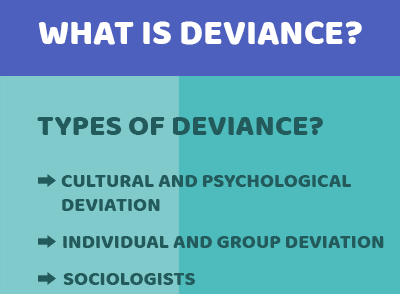Characterized the Social, Primary and Secondary Group of society.
The society is divided in many groups but social, primary and secondary groups are important in them let us discuss one by one below:
Social Groups:
A social group consists of two or more people who interact with one another and who recognize themselves as a distinct social unit. The definition is simple enough, but it has significant implications. Frequent interaction leads people to share values and beliefs. This similarity and the interaction cause them to identify with one another. Identification and attachment, in turn, stimulate more frequent and intense interaction. Each group maintains solidarity with all to other groups and other types of social systems.

Groups are among the most stable and enduring of social units. They are important both to their members and to the society at large. Through encouraging regular and predictable behaviour, groups form the foundation upon which society rests.
Thus, a family, a village, a political party a trade union is all social groups. These, it should be noted, are different from social classes, status groups or crowds, which not only lack structure but whose members are less aware or even unaware of the existence of the group. These have been called quasi-groups or groupings.
Nevertheless, the distinction between social groups and quasi-groups is fluid and variable since quasi-groups very often give rise to social groups, as for example, social classes give rise to political partis.
Primary Groups:
If all groups are important to their members and to society, some groups are more important than others. Early in the twentieth century, Charles H. cooler gave the name, primary groups, to those groups that he said are characterized by intimate face-to-face association and those are fundamental iri the development and continued adjustment of their members. He identified three basic primary groups, the family, the child’s play group, and the neighborhoods or community among adults.
These groups, he said, are almost universal in all societies they give to people their earliest and most complete experiences of social unity they are instrumental in the development of the social life and they promote the integration of their members in the larger society. Since Cooley wrote, over 65 years ago, life in the United States has become much more urban, complex, and impersonal, and the family play group and neighbourhood have become less dominant features of the social order.
Secondary Groups:
An understanding of the modern industrial society requires an understanding of the secondary groups. The social groups other than those of primary groups may be termed as secondary groups. They are a residual category. They are often called special interest groups. Maclver and Page refers to them as great associations.
They are of the opinion that secondary groups have become almost inevitable today. Their appearance is mainly due to the growing cultural complexity. Primary groups are found predominanty in societies where life is relatively simple.
With the expansion in population and territory of a society however interests become diversified and other types of relationships which can be called secondary or impersonal become necessary. Interests becoine differentiated. The services of experts are required.
The new range of the interests demands a complex organization. Especially selected persons act on behalf of all and hence arises a hierarchy of officials called bureaucracy. These features characterize the rise of the modern state, the great corporation, the factory, the labour union, a university or a nationwide political party and so on.
These are secondary groups. Ogburn and Nimkoff defines secondary groups as, groups which provide experience lacking in intimacy. Frank D. Watson writes that the secondary group is larger and more formal is specialized and direct in its contacts and relies more for unity and continuance upon the stability of its social organization than does the primary group.



